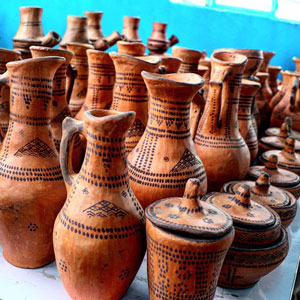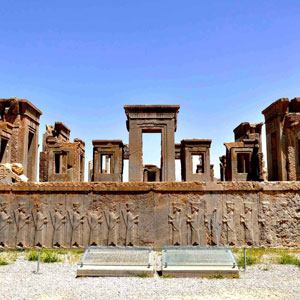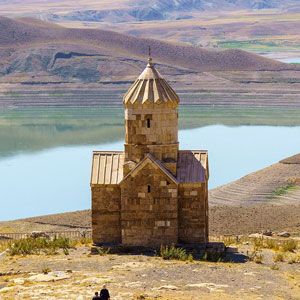 Signin with Google
Signin with Google Signin with Facebook
Signin with Facebook
 Culture,History
Culture,HistoryMehregan Ancient Celebration Remarks the Iranian Affection

Long long ago, in legendary times there was a tyrannical monarch, called Zahhak who got duped by the devil, killed his father, seized the power and ruled over Persia for a thousand years. This cruel king was once kissed on the shoulders by the devil where two murderous snakes who fed on young men’s brains, grew.
Having lost his sons to Zahhak’s serpents, Kaveh – a decent working-class blacksmith- decided to stand against this brutal tyrant and end his reign. All he had was a brave heart and the support of his people. According to Persian legends on this day several angels moved down to the earth to help Kaveh and Fereidoun to defeat Zahhak, finally, they overcame and imprisoned him in mount Damavand as Shahnameh utters. This glorious victory happened on Mehregan day and from then on ancient Iranians celebrated this day magnificently.
However this is not the only reason behind the importance of Mehregan day and its celebration among Iranians, it is also associated with several other things such as their religion and culture.
The Name Day Celebration in Honor of the God of Light
From ancient times till now the Persian year starts in spring and ends with winter. Before the Arab invasion, the Zoroastrian calendar was the state calendar of Iran and still, Zoroastrians use it mainly, each month has a special name starting with Farvardin as the first month of the year and ending with Esfand which is the last month of it. Similarly, there are 30-31 days in every month which they also have specific names each belonging to a particular divinity. Twelve of these names were the same as the months’ names. In ancient Persia, whenever the month name and the day name intersected, people celebrated that day in honour of its divinity.
Both the 16th day of each month and the 7th month of the Persian Zoroastrian calendar are called Mehr, so the Mehregan celebration is on the Mehr day of Mehr month according to the Zoroastrian calendar. (2 of October in Gregorian calendar and 10 of Iranian solar calendar).
Mehr day is named after Mehr or Mithra; the god of light, oath and covenant. Having 1000 eyes, Mehr/Mithra is the protector of truth and the guardian of the cattle, the harvest and the waters and Merhregan feast also called Jash e Mehr is celebrated in his honour.
The Persian Thanksgiving
Ancient Persians divided the year into two equal parts: summer and winter and celebrated the beginning of each splendidly. Nowruz, which is the most famous national Iranian celebration, is the celebration of spring, nature revival and the ending of the cold season.
Likewise, Mehregan is a celebration of the second part of the year, when summer ends and people prepare themselves for the coming winter and cold weather. Mehregan was the day that Persian people gave their thanks and appreciation to him for the plentiful harvest and food supply which they gathered during the summer and was going to help them pass the hard days of winter with ease of mind.
Like any other Persian celebration, Mehregan had its own special rituals and preparations. According to historical documents and books, people used to wear new clothes mostly in purple, get together, exchange gifts and set a special table (like Nowruz).
Mehregan celebration was never complete without that colourful table which was set on a purple tablecloth and decorated with flowers and plants like marjoram. Moreover, the table included other elements such as a copy of Avesta (the Zoroastrian religious texts), a mirror, and a kohl container along with edible things like rosewater, sweets, nuts and fruits as pomegranates, persimmons and apples. A burner was also a part of the setting for burning frankincense and wild rue (which is considered to banish the evil eye in Persian culture).
Mehregan in Modern Days
Unlike Nowruz which is still widely and strongly celebrated by Iranians nationally, and was never affected by religious and cultural changes such as the Arab invasion and the conversion to Islam, Mehregan had been forgotten by the passage of time and nowadays it is not acknowledged as it used to in the ancient times. However still Zoroastrian Iranians mostly in Yazd and Kerman firmly adhere to their valuable ancient traditions and celebrate Mehregan wholeheartedly just like in the past.
By Nazanin Moayed / TasteIran

